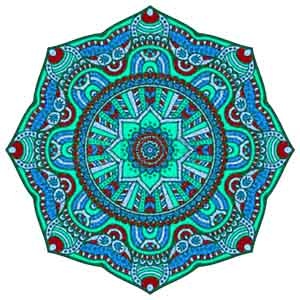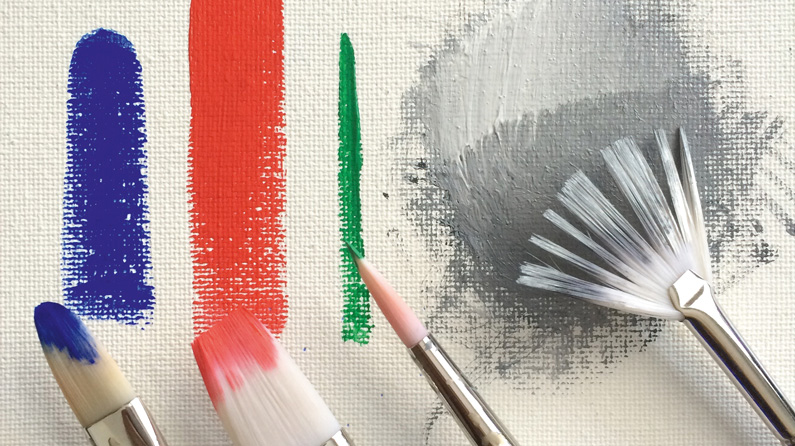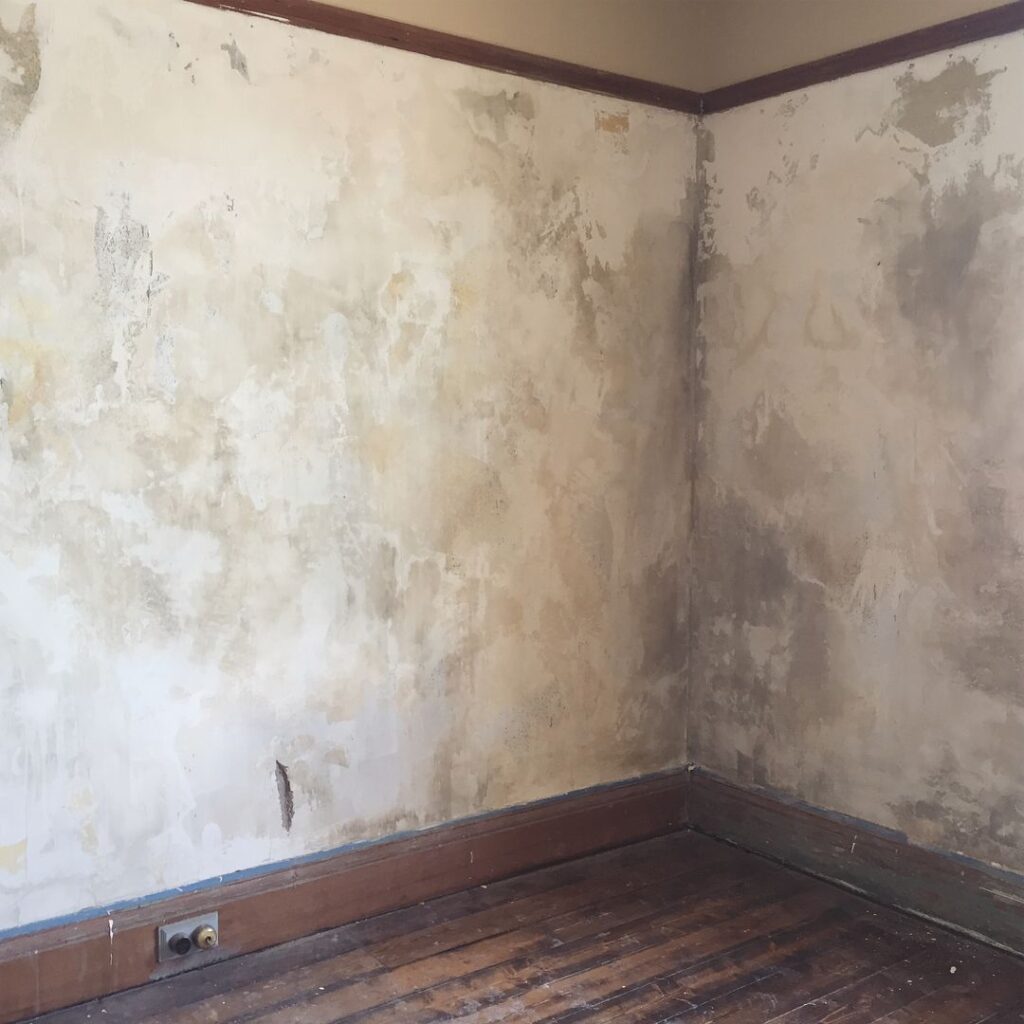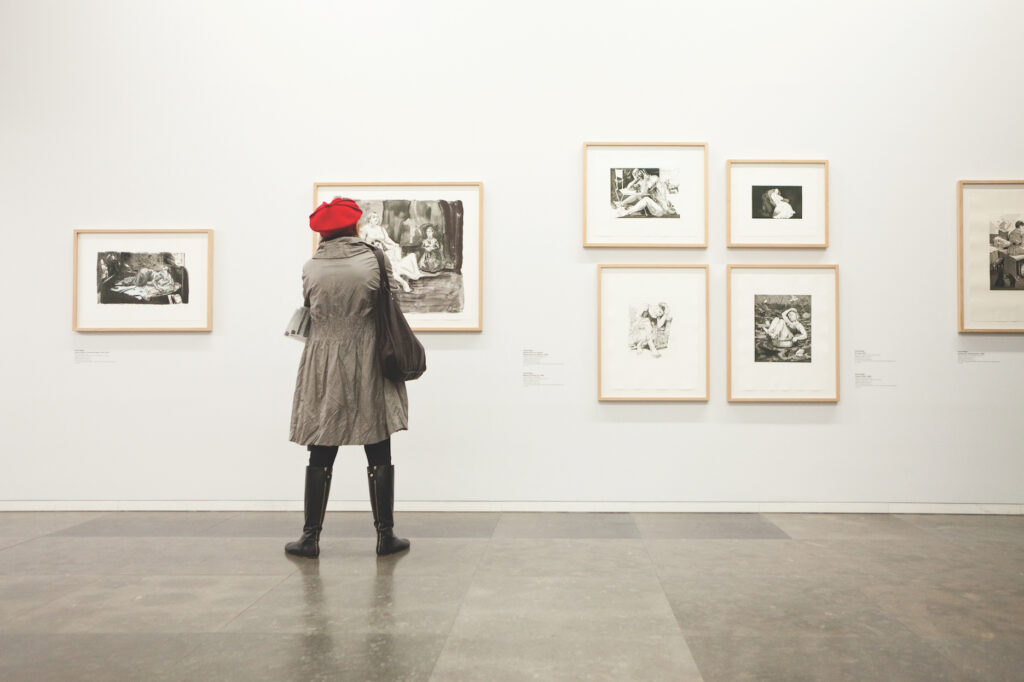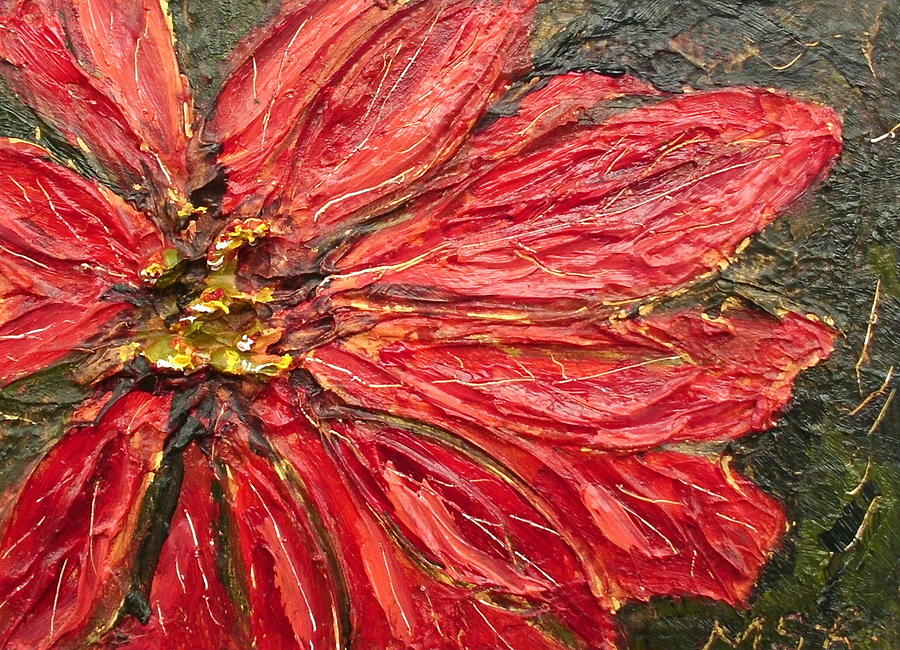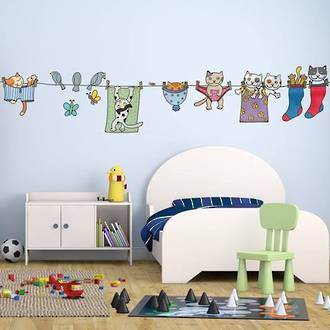
Painting a kid’s bedroom can be the most fun room in the house to decorate. You get to be off the wall, colorful, and there are no rules. You can be as wild as you want and it actually ads to the room. Painting a kids room is no exception to this rule. I love painting kids rooms because you can do practically anything you want and be more artistic than in any other room in your home.
You will want to paint the room to go with the room’s theme. If the room is done in a baseball theme, you can paint the top half of the wall a sky blue and the bottom of the wall a dirt brown. If the room is done in a duck theme, consider painting the wall a soft yellow. The paint color of the room can really pull the room together and do more for the theme than any other part.
You may want to consider actually painting designs on the walls. I love to do this! This is where you can have the most fun and add the most to your kid’s room. There is no limit to the excitement you can add to the room by painting designs and pictures on the walls!
Space themed kid’s rooms are a lot of fun to paint! You can paint the planets on the walls, paint the background of the walls black or dark blue, and paint stars on the ceiling with glow in the dark paints. To paint the planets on the walls you will want a book with clear pictures of each planet. You need to draw each planet onto the walls with a pencil first, this way you don’t run the risk of doing a very sloppy paint job where the planets don’t even look like planets. By using a pencil you will be able to erase all of your mistakes until you have them drawn perfect, and then paint them onto the walls.
Fish aquarium themed kid’s rooms are fun to paint also. You can paint the walls blue, then use a pencil and draw on all of the fish. Don’t forget to draw on the other sea life, such as coral. You can even include a shark or some dolphins; after all, this is a pretty big aquarium!
You can have fun painting the themes onto the walls no matter what the room theme is. Whether it’s trains, planes, boats, teddy bears, Barbie, or sports; you can paint it on the wall!
Thank you for reading this article! We hope you got a lot of inspiration for painting your kid’s bedroom. If you have any further questions about this topic please contact us.
